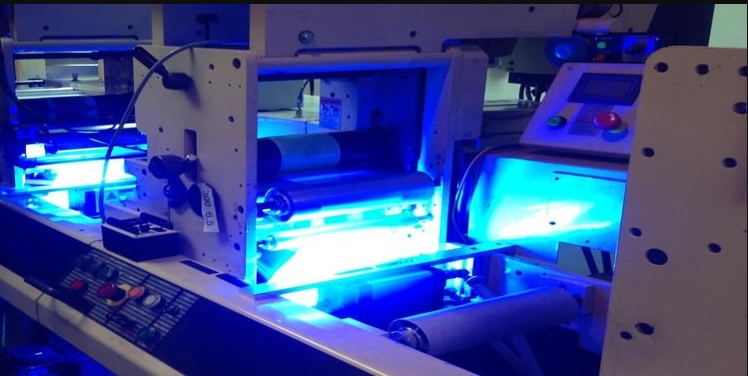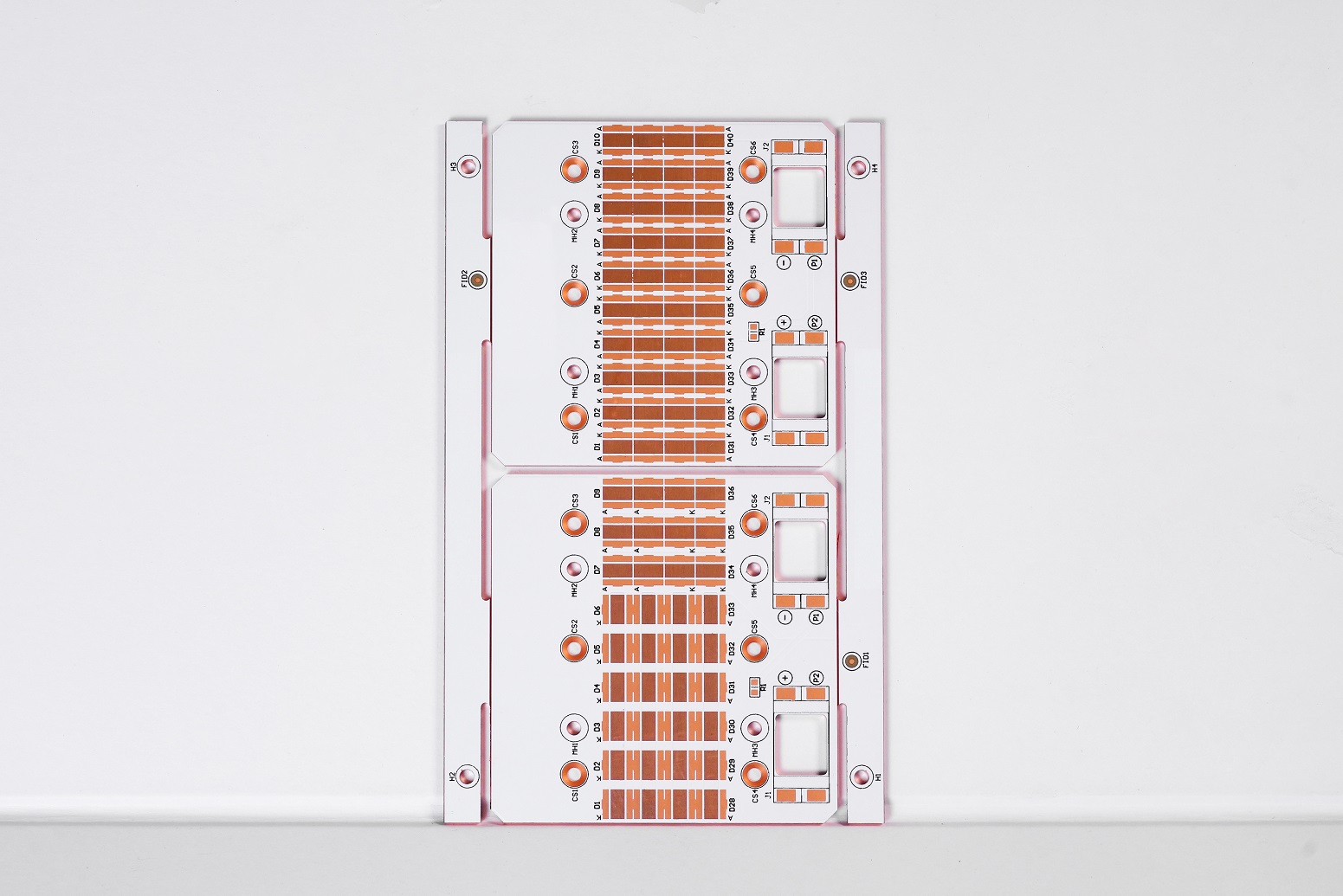UVLEDs, a subset of light-emitting diodes (LEDs), emit light within the ultraviolet spectrum instead of visible light like traditional LEDs. The UV spectrum is further divided into three main categories based on wavelength: UVA, UVB, and UVC. In this blog, we will explore the critical role of Metal Core Printed Circuit Board (MCPCB) in UVLED technology, highlighting its significance in improving efficiency, heat management, and overall lifespan.
UVA (315-400nm):
UVA, also known as near-ultraviolet, emits long-wave ultraviolet light. It is closest to the visible light spectrum and finds applications in UV curing, forensic analysis, counterfeit detection, tanning beds, and more.

UVB (280-315 nm):
UVB emits medium-wave ultraviolet light and is renowned for its biological effects. It is used in medical treatments, phototherapy, disinfection applications, and even for inducing vitamin D synthesis in the skin.

UVC (100-280 nm):
UVC emits short-wave ultraviolet light and possesses powerful germicidal properties. Its applications include water purification, air disinfection, surface sterilization, and eradication of bacteria, viruses, and other microorganisms.

UVLEDs typically operate within a temperature range of -40┬░C to 100┬░C (-40┬░F to 212┬░F). However, it is crucial to note that excessive heat can impact the performance, efficiency, and lifespan of UVLEDs. Therefore, appropriate thermal management techniques such as heat sinks, thermal pads, and adequate airflow are commonly employed to dissipate heat and keep UVLEDs within the optimal temperature range.

In conclusion, MCPCB plays a vital role in UVLED technology, offering essential advantages such as efficient heat dissipation, enhanced thermal conductivity, reliability in harsh environments, and electrical isolation. These qualities are paramount for maximizing UVLED performance, ensuring longevity, and maintaining optimal operating temperatures. The significance of MCPCB lies in its ability to enhance efficiency, improve heat management, and provide a reliable foundation for UVLED systems. Without MCPCB, UVLED applications would face challenges in heat dissipation, performance stability, and overall safety.
Tags: UVLED







